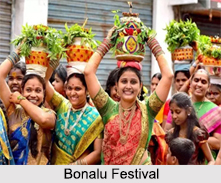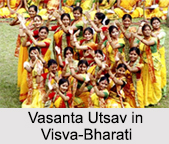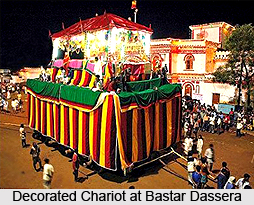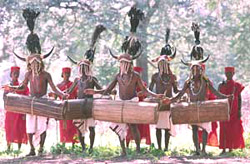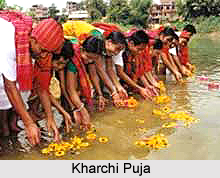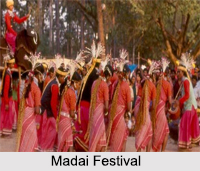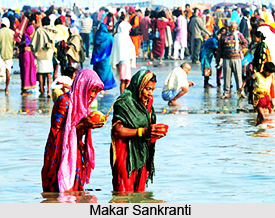 Makar Sankranti is a very popular festival in India. History of Makar Sankranti is quite interesting and it states that this festival marks the beginning of holy transition phase of the Sun. Makar Sankranti is celebrated in many parts throughout the country with tremendous fanfare and enthusiasm. As per the history of Makar Sankranti, This particular festival marks the day when the sun after beginning its northward journey enters into the Capricorn zodiac sign or makar rashi from the Tropic of Cancer. It is referred as the movement of sun from Dakshinayana (south) to Uttarayana (north) hemisphere.
Makar Sankranti is a very popular festival in India. History of Makar Sankranti is quite interesting and it states that this festival marks the beginning of holy transition phase of the Sun. Makar Sankranti is celebrated in many parts throughout the country with tremendous fanfare and enthusiasm. As per the history of Makar Sankranti, This particular festival marks the day when the sun after beginning its northward journey enters into the Capricorn zodiac sign or makar rashi from the Tropic of Cancer. It is referred as the movement of sun from Dakshinayana (south) to Uttarayana (north) hemisphere.
It is scientifically said that around December 21-22 is the shortest day of the year. After that the day span usually gets longer. Hence, Winter Solstice actually begins around this date when the tropical sun moves into the Makar rashi or Capricorn zodiac sign. Thus, the real Uttarayana is on December 21st. Initially, it was considered as the actual date of Makar Sankranti too. However, the earth`s lean of 23.45 degrees caused Makar Sankranti to slither further over the years. History of Makar Sankranti says that almost 1000 years ago it was celebrated on 31st of December. Presently, according to the Hindu Solar calendar, January 14th is the celebration date of Makar Sankranti. Thus, this festival is one of the few festivals of the country that is celebrated on a fixed date. Traditionally, Makar Sankranti commemorates the harvest festival in India.
Makar Sankranti is celebrated in most of the Indian states like Bihar, West Bengal, Maharashtra, Gujarat, Punjab, Tamil Nadu and Rajasthan. In the state of Tamil Nadu it is popularly as Pongal, in Punjab it is known as Lohri, in Assam as Bihu, in the states of Gujarat and Rajasthan it is known as Uttararayan. Interestingly, Sankranti is considered as a goddess. As per a very popular legend associated with Makar Sankranti, goddess Sankranti killed a demon called Sankarasur. That is why the day followed by Makar Sankranti is known as Kinkrant or Karidin. Makar Sankranti is one such festival that marks the beginning of all the auspicious ritualistic ceremonies in a year. Thus, Makar Sankranti is popularly considered as the sacred period of conversion.
